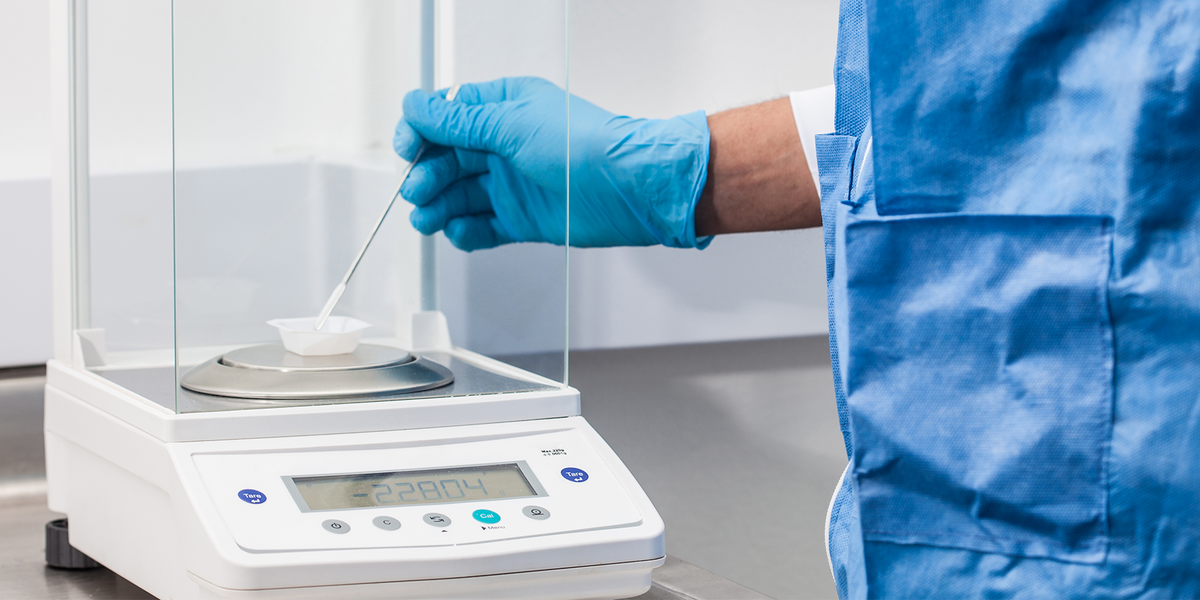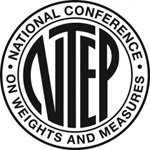Understanding Hydraulic Load Cells.
When it comes to load cells, there are a few different options you can select from and they each have different methods of sensing the load. Hydraulic load cells are sensors that are used to measure force or weight. They are commonly used in a variety of applications, including industrial processes, quality control, and testing. Hydraulic load cells work by using the principles of hydraulics to translate a force or weight into a measurable pressure.
How Hydraulic Load Cells Work
A load cell consists of a cylinder filled with a liquid, typically oil, and a piston inside the cylinder. The piston is connected to a transducer, which is a device that converts physical motion or pressure into an electrical signal.
When a force is applied to the load cell, it pushes down on the piston, which in turn increases the pressure of the oil in the cylinder. This increased pressure is transmitted through the oil to the transducer.
The transducer converts the pressure of the oil into an electrical signal, which is then sent to a display or controller. The strength of the electrical signal is proportional to the force or weight being applied to the load cell.
The display or controller then translates the electrical signal into a numerical value, which is displayed as the weight or force being measured by the load cell.
Hydraulic load cells are highly accurate and reliable, and they are capable of measuring a wide range of forces and weights. They are also relatively easy to install and maintain, making them a popular choice for many applications.
There are several types of hydraulic load cells, including single-ended, double-ended, and cantilever designs. Each type has its own set of advantages and disadvantages, and the choice of which type to use depends on the specific application and the requirements of the system.
Closing Words
In summary, hydraulic load cells work by using the principles of hydraulics to translate a force or weight into a measurable pressure, which is then converted into an electrical signal and displayed as a numerical value. They are accurate, reliable, and widely used in a variety of applications.
At American Scale we strive to bring you informed and useful content on all things scale related. Be sure to check out our legal for trade truck scale system articles about truck scale foundation or how much do truck scales cost. We even have a guide to warranties. We also have articles on scale accessories, common problems to prolong your scales lifespan, weighing applications as well as what scale indicator works best with your junction box. To learn more about bench scales, it would be good to check out our other articles such as “Bench Scale Basics'' and “How Much Does A Bench Scale Cost?”. These articles will help with the basics of bench scale ownership.





